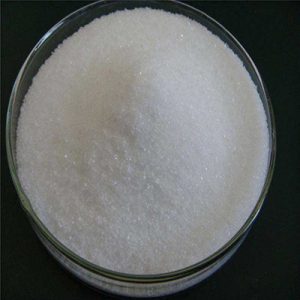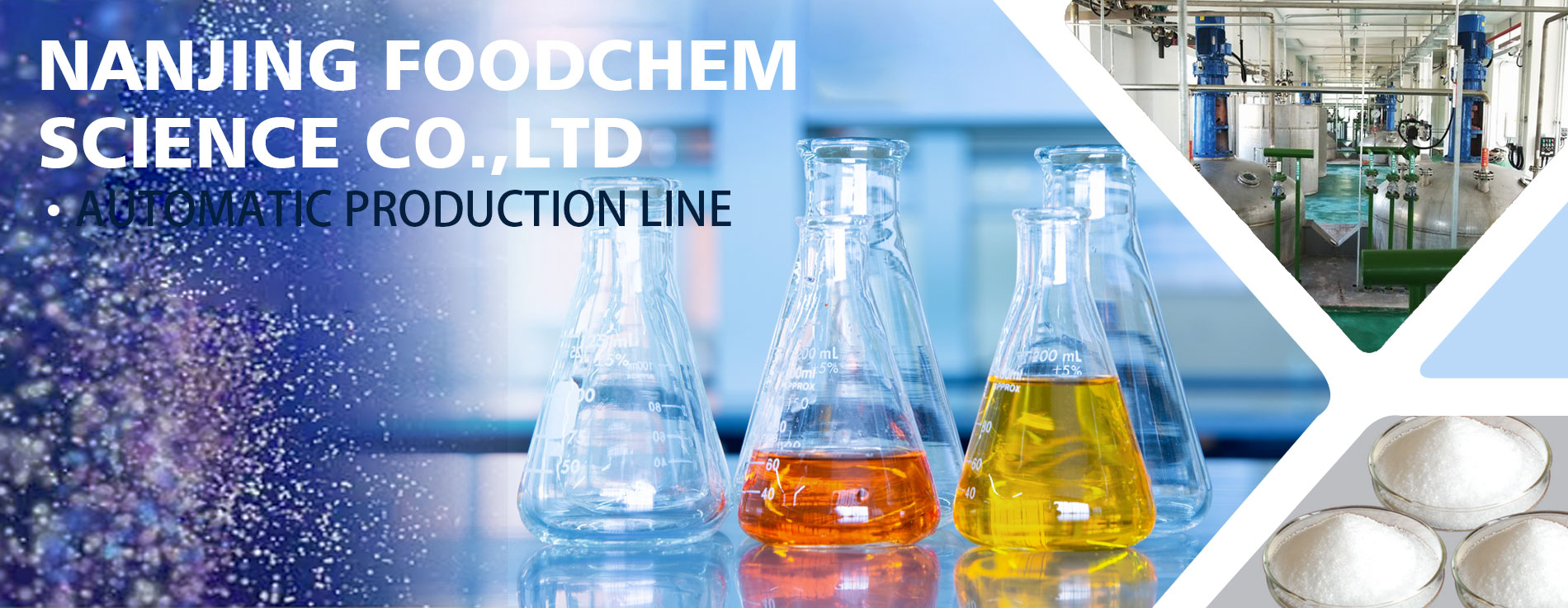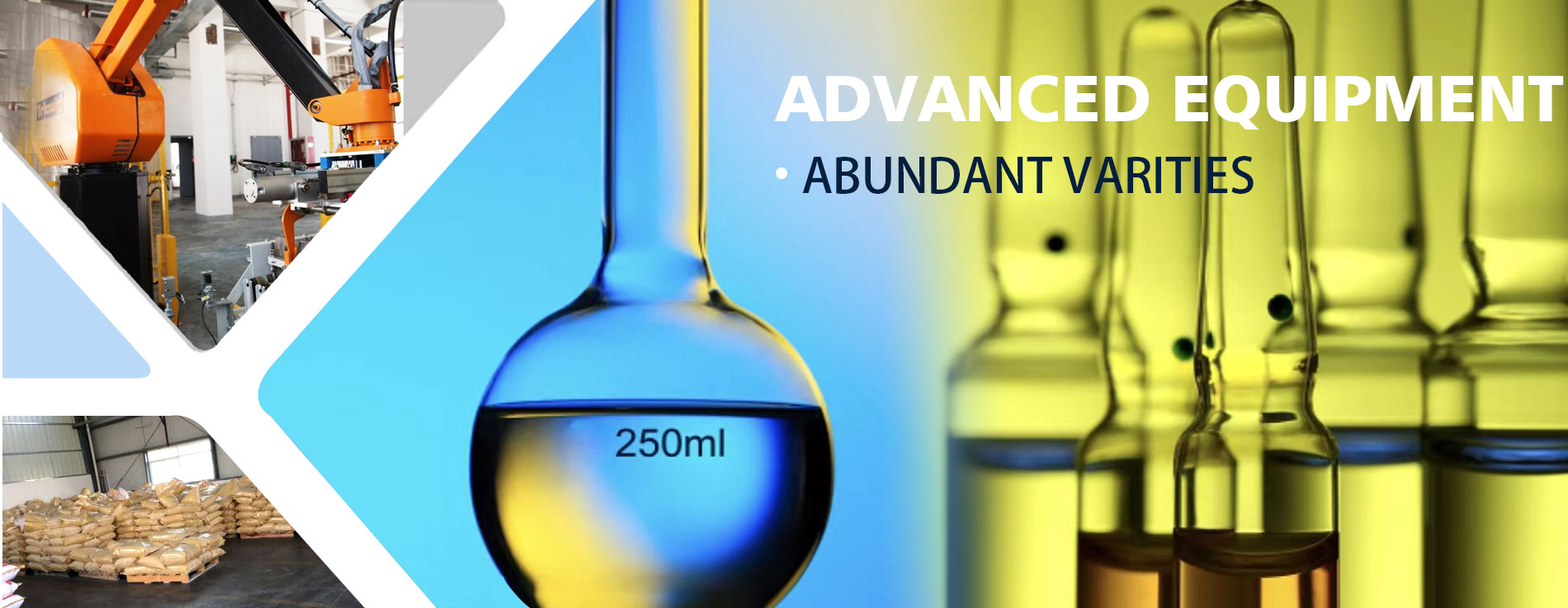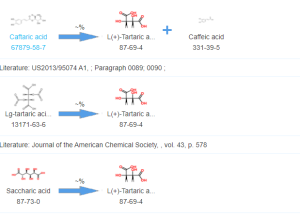
L(+)-Tartaric Acid

Specifications
| Item | Index |
| Assay(after drying, as C4H6O6) | 99.7%~100.5% |
| Specific Rotation [α]D25℃ | +12°~ +13° |
| Arsenic [as As] | 2mg/kg Max |
| Lead [Pb] | 2mg/kg Max |
| Residue on Ignition | 0.05% Max |
| Loss on Drying | 0.5% Max |
| Oxalate test | Qualified |
| Sulfate test | Qualified |
Packing & Storage
| Packing | in 25kg bag |
| Storage | 20℃, 2 years. |
| Shipping | Room temperature in China; may vary elsewhere |
Free Quote
For samples, pricing, or more information, please call us at 0086-25-52397805 or mail to info@liwei-chem.com or fill out the following form. We will respond to you as soon as possible.
Tel: 0086-25-52397805
E-mail: info@liwei-chem.com
E-mail: sophiahoney247@gmail.com


General Information
| Common Names | L(+)-Tartaric Acid | 2,3-dihydroxybutanedioic acid | Racemic Acid | ||||||
| Structure |  | ||||||
| CAS No. | 87-69-4 | Boiling Point (℃) | 399.3±42.0 °C | ||||
| Molecular Weight | 150.087 | Melting Point (℃) | 170-172 °C | ||||
| Appearance | White powder | Vapor Specific Gravity | 1.76 g/cm3 | ||||
| HS Code | 2918120000 | Flash Point (℃) | 210 ºC | ||||
| Solubility | Soluble in water, methanol, propyl alcohol, glycerol and ethanol, insoluble in chloroform | Autoignition Temperature (℃) | |||||
| SYMPTOMS | PREVENTION | FIRST AID | |
| Inhalation | Cough. Sore throat. | Use local exhaust or breathing protection. | Fresh air, rest. |
| Skin | Redness. Burning sensation. Itching. | Protective gloves. | Remove contaminated clothes. Rinse and then wash skin with water and soap. |
| Eyes | Redness. Pain. | Wear safety goggles. | First rinse with plenty of water for several minutes (remove contact lenses if easily possible), then refer for medical attention. |
| Ingestion | Abdominal pain. Nausea. Vomiting. | Do not eat, drink, or smoke during work. Wash hands before eating. | Rinse mouth. Induce vomiting (ONLY IN CONSCIOUS PERSONS!). Refer for medical attention . |

Frequently Asked Questions
Uses of L(+)-tartaric acid
L(+)-tartaric acid is widely used as a sour agent in beverages and foods such as wine, soft drinks, candy, bread, and certain gelatinous sweets. Utilize its optical activity as a chemical resolution agent for the resolution of DL-aminobutanol in the manufacture of anti-tuberculosis drug intermediates; it can also be used as a chiral raw material for the synthesis of tartaric acid derivatives; use its acidity as a polyester fabric resin Finishing catalyst, PH regulator produced by oryzanol; using its complexing property, it can be used as complexing agent, masking agent, chelating agent, printing and dyeing anti-dyeing agent in electroplating, desulfurization, pickling, chemical analysis, and medical inspection; Its reducing property is used as a reducing agent for chemical mirror making. Photographic developer. It can also complex with a variety of metal ions, and can be used as a cleaning agent and polishing agent for metal surfaces.
